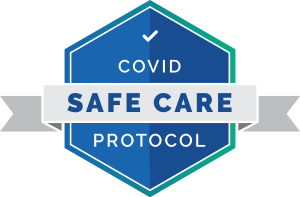One main goal of spinal stenosis surgery in your neck or lower back is to free up room for your spinal cord and/or the nerve roots, which is called decompression. A second goal of spinal stenosis surgery is to increase your motor strength and restore any lost sensation in your arms or legs.
Surgical options for spinal stenosis include:
If left untreated, spinal stenosis can cause permanent damage to the spinal cord, myelopathy, and a significant reduction in movement, along with the other traditional symptoms.
Are you suffering from the painful symptoms of spinal stenosis? If you’re ready to take the next step toward finding pain relief, try our interactive treatment finder below to find the right treatment option for you.


